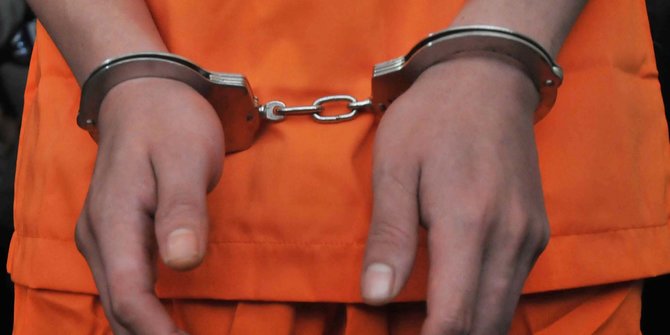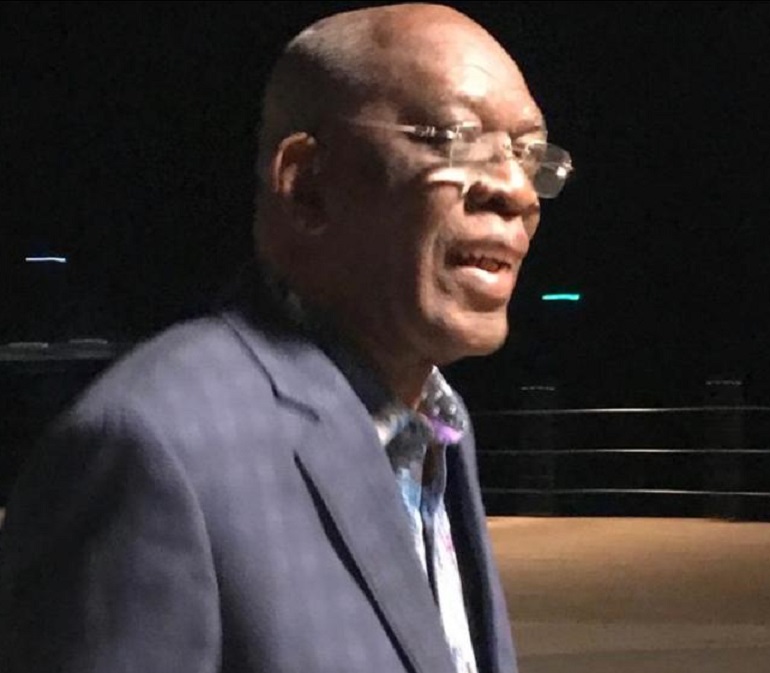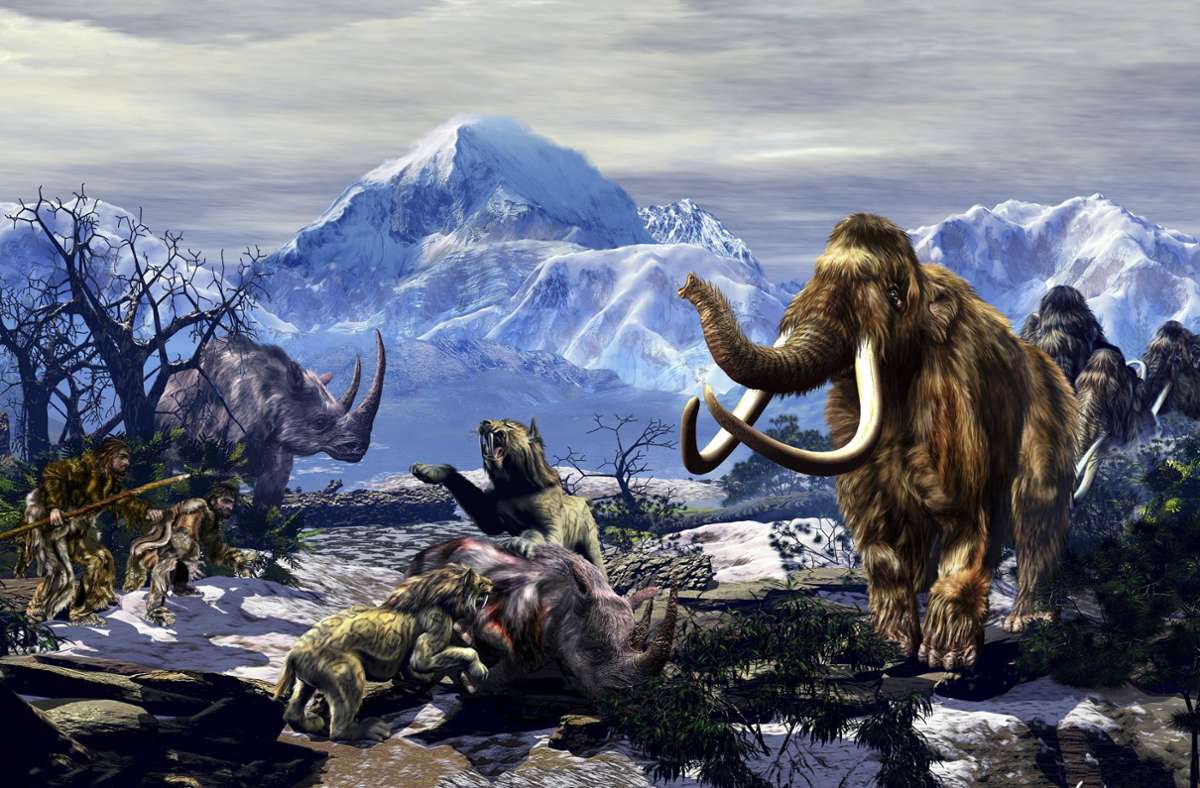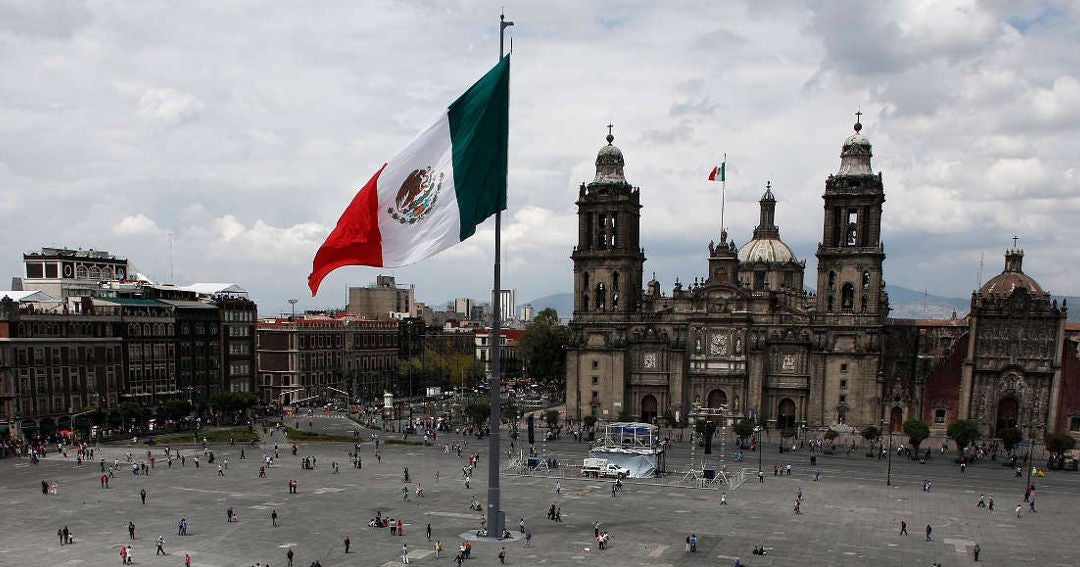La Higuera is a small hamlet in a place in the foothills of the Andes, once lost among mountains and converted since 1967 into the sacred pilgrimage place of those who, from all over the world, they come to pay their homage to Commander Ernesto Che Guevara, the Heroic Guerrilla.
Traveling the 60 kilometers of embankment that connect it today with Vallegrande is a three-hour climb of endless curves, surrounded by abysses, in which signs guide the traveler along La ruta del Che. This is how you get to a large statue of the Guerrilla, at the entrance of the village at 2,160 meters above sea level.
Very close to there is the Quebrada del Yuro, or Churo, as the local peasants call it. At that site, on October 8, 1967, he resisted behind a rock that still has numerous bullet holes until his rifle was injured and disabled by the direct impact of a projectile.
Surrounded and wounded, Che is captured along with two guerrillas who were fighting in the ravine: the Bolivian Simeón (Willy) Cuba and the Peruvian Juan Pablo Chang, who were taken to a rustic two-room school in La Higuera. The captain of the Bolivian unit that captured him, Gary Prado, assured him that he would be tried in a court martial in the Department of Santa Cruz, but the Bolivian high command, led by the president, General René Barrientos, decided to terminate him on the instructions of the Central Intelligence Agency (CIA).
In that same combat, Cuban internationalist fighters Orlando Pantoja Tamayo (Olo), René Martínez Tamayo and Alberto Fernández Montes de Oca fell in so much a small group that fought in more distant positions, managed to withdraw fulfilling the last order of Che, whom they considered had also succeeded until they heard the news on the radio.
It is well known how they murdered the two guerrillas in the small adjoining classroom, in which they kept Che sitting in a small school chair due to his gunshot wounds to his leg, his energetic reaction when they tried to question him and how he challenged the soldier who had the order of kill him.
A Bolivian colonel and a Cuban who was a CIA agent, arrived in a helicopter at the place where Che and his companions were detained and gave the order to shoot them as quickly as possible. A Bolivian sergeant carried out the order on October 9, 1967, the day after his capture, and fired a machine-gun burst “from the chest down” at Che, as was his order.
One day after his death, the body of the guerrilla was taken to Vallegrande and exposed in a makeshift morgue in the hospital of that city before thirty journalists, three of them foreign correspondents. His hands were cut off to serve as identification with the CIA and his body was buried in a mass grave on the old Vallegrande airstrip, with other guerrillas killed in the Quebrada del Yuro combat or killed at the La Higuera school.
Although the international press offered $ 125,000 for Che’s newspaper in Bolivia, the Bolivian revolutionaries made sure that it arrived in Cuba that same year, making the plan to fail. the CIA to carry out anti-communist propaganda with adulterated or false copies of Che’s words.
The 1st. July 1968, a massive edition of the newspaper is published in Cuba, distributed free of charge and its text causes an international scandal for revealing how Bolivia and the United States treat prisoners of war.
For 30 years his remains remained buried in Vallegrande, until June 28, 1997 when, after five years of intense search, a group of Cuban specialists led by Dr. Jorge González Pérez, identified his remains along with other six guerrillas on the old airstrip.
The Cuban Revolution never abandons its combatants, and on July 12, 1997 the remains were transferred to Havana and later, in solemn tribute of the entire Cuban people, deposited on October 17 of that year in the Ernesto Che Guevara Monumental Complex, a mausoleum located in the city of Santa Clara.
That day Commander-in-Chief Fidel Castro expressed: «With deep emotion we lived one of those moments that did not they are often repeated. We are not here to say goodbye to Che and his heroic companions. We come to receive you. I see Che and his men as a reinforcement, as a detachment of invincible combatants, which this time includes not only Cubans, but also Latin Americans who come to fight alongside us and write new pages of history and glory. I also see Che as a moral giant that grows every day, whose image, whose strength, whose influence have multiplied throughout the earth. ”
Note: This article has been indexed to our site. We do not claim legitimacy, ownership or copyright of any of the content above. To see the article at original source Click Here













